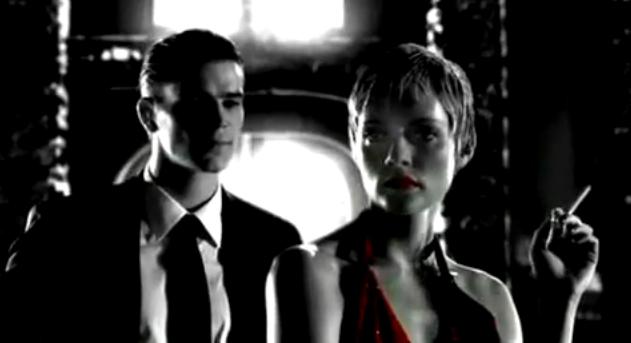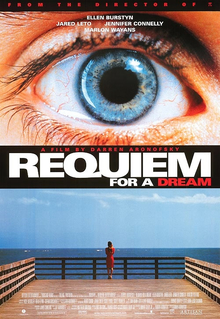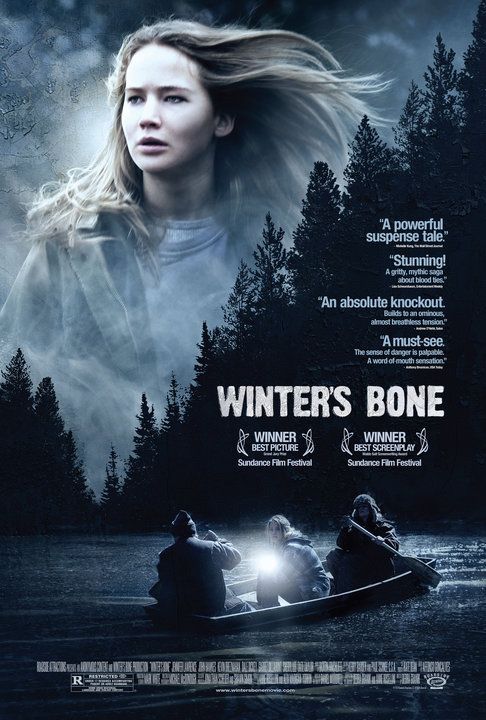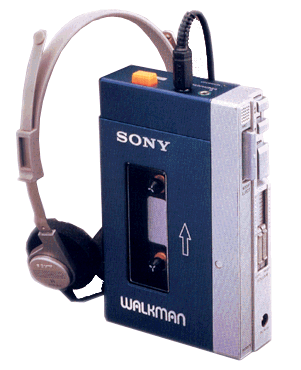Unit 1, 1.3 - "Explain the main implications of each employment status in relation to job security, flexibility and working patterns."
The employment statuses in the Creative Media sector that I have spoken about in Unit 1, 1.1 all have their own perks when it comes to job security, flexibility and working patterns. But with perks also comes the lowlights. Here, I am going to explain the main implications of job security, flexibility and working patterns for each employment status.
Full-time/Part-time:
Job security - Out of all the types of employment, full-time/part-time employment has the most job security, especially when it comes to contracts. Usually, you will sign a 12 month contract for a job, and, considering that most of the other employment statuses within the creative industry are for a certain, short period of time, being a full-time/part-time employee is the best option when it comes to security within your job.
Flexibility - Flexibility, as I will speak about in the working patterns, is all dependent on what is in your contract. If your working hours are 9 - 5, with extra hours needed to be put in on some days, there is little room to be flexible in your job. It can depend on your employer, though. Some employees may be a lot more flexible to time off/holidays and so forth, while others may be more strict and require a certain amount of time for you to let them know when you would like to book annual leave, and if you will be able to get that holiday.
Working patterns - Your working patterns are very regimented when it comes to full-time/part-time work. You have signed a contract which requires you to work a certain amount of hours, though it isn't common in the creative industry to have to work later than your typical 9 to 5 job.
Contracted employee:
Job security - Unlike being a full-time or part-time employee, as someone who is self-employed, your job security depends on yourself, really (as you are your own employee). When
Flexibility - Being a contracted employee, unlike another employment status I am going to speak about below, you are required to be on a job for a certain amount of time, and usually, this would mean that you don't have the flexibility to do jobs on the side.
Working patterns - Your working patterns are very scattered if you're a contracted employee. Because there may not be any jobs going around at a certain time, it all matters when the work comes your way. It isn't common for the self-employed to be out of work for weeks, even months.
Freelancer:
Job security - Again, a freelancer is self-employed, so your job security (when it comes to employing yourself) is fine, but on an actual job you are being paid for, because you'll be selling your services or a product, this will only last a certain amount
Flexibility - You have the most flexibility out of all the employment statuses on the list (while getting paid) because you can work on more than one job at a time, which freelancers, due to money and other commitments, do.
Working for yourself also gives you a lot more flexibility than you usually would if you were holding out a 9 - 5 job. You are your own boss, so as long as you're paying your way, you can pretty much do anything you want.
Working patterns - Working patterns are, again, very scattered, just like being a contracted employee. You don't know when the work will come round that you would put yourself forward too, and when work does come round, you have to grab it as quickly as you can.
Volunteering/work experience/intern (unpaid):
Job security - Your job security as either one of the employees under this header is very much like being self-employed. You have job security when it comes to being your own boss, but on a specific job you are doing, it'll be for a very short period of time (particularly volunteering).
Flexibility - Like freelancing, you have a lot of flexibility as a volunteer/intern or someone carrying out work experience. The worst thing about it is though, while you're gaining more experience by the day, freelancers get paid.
Working patterns - Another employment status where the working patterns are up-and-down. When it comes to volunteering/interning/work experience, there are indeed more jobs to go around at times because there isn't a pay cheque at the end of the day.
Apprentice/Intern:
Job security - Your job security is closest to being a full-time/part-time employee as you are signed up to a contract of 10 months as an apprentice. For interns (this goes for paid ones), the contract may be for a shorter time.
Flexibility - Flexibility wise, as said about full-time/part-time employees, you will be required to work a number of hours that is listed in your contract, and maybe more if it is required of you. Because being an apprentice and a paid intern is more closer to being a full-time/part-time employee as you're doing a lot of the same work they would do, you are treated like one, too. You may end up with an employee who is more relaxed to holiday/time off, as I mentioned about full-time/part-time work. Others may not be so lenient.
Working Patterns - Working patterns for an apprentice would be from Monday to Thursday, with college on Friday (that is for me, anyway). It is very much like having a full-time job as the hours that I work are those that someone in full-time employment would (long hours!) with a college day on the side. As for interns, they are seen as being full-time/part-time employees too, so depending on what has been signed in their contract, they will be required to be in for 5 days a week if that was the deal that had been made.
Bear in mind, though, some employers don't all follow these rules. There can be employers, as I mentioned, that are a lot more relaxed and easy going then others, and may not follow your typical 9 -5 rules.































